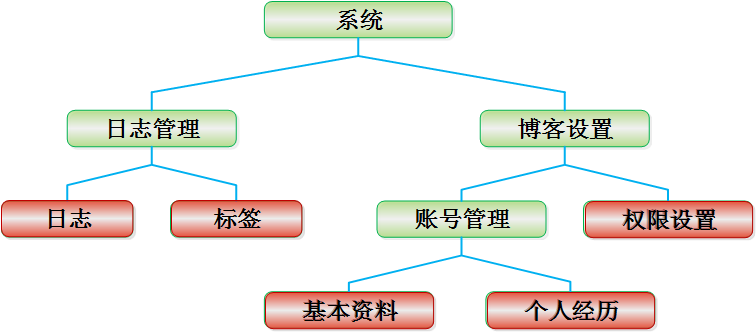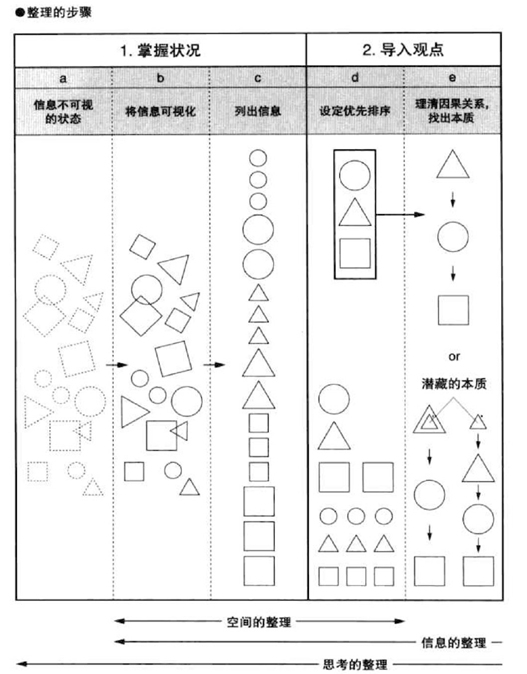|
|
本文演示了 SQL Server 2005 分區表分區切換的三種形式:
1. 切換分區表的一個分區到普通數據表中:Partition to Table;
2. 切換普通表數據到分區表的一個分區中:Table to Partition;
3. 切換分區表的分區到另一分區表:Partition to Partition。
并指出了在分區表分區切換過程中的注意事項。
-- 創建分區函數create partition function PF_Orders_OrderDateRange(datetime)asrange right for values ('1997-01-01','1998-01-01','1999-01-01')go-- 創建分區方案create partition scheme PS_OrdersASPartition PF_Orders_OrderDateRangeto ([primary], [primary], [primary], [primary])go-- 創建分區表create table dbo.Orders( OrderID int not null ,CustomerID varchar(10) not null ,EmployeeID int not null ,OrderDate datetime not null)on PS_Orders(OrderDate)go-- 創建聚集分區索引create clustered index IXC_Orders_OrderDate on dbo.Orders(OrderDate)go-- 為分區表設置主鍵alter table dbo.Orders add constraint PK_Orders primary key (OrderID, CustomerID, OrderDate)go-- 導入數據到分區表insert into dbo.Ordersselect OrderID, CustomerID, EmployeeID, OrderDate from dbo.Orders_From_SQL2000_Northwind --(注:數據來源于 SQL Server 2000 示例數據庫)go-- 查看分區表每個分區的數據分布情況select partition = $partition.PF_Orders_OrderDateRange(OrderDate) ,rows = count(*) ,minval = min(OrderDate) ,maxval = max(OrderDate) from dbo.Orders group by $partition.PF_Orders_OrderDateRange(OrderDate) order by partitiongo一、切換分區表的一個分區到普通數據表中:Partition to Table
首先建立普通數據表 Orders_1998,該表用來存放訂單日期為 1998 年的所有數據。
create table dbo.Orders_1998( OrderID int not null ,CustomerID varchar(10) not null ,EmployeeID int not null ,OrderDate datetime not null) on [primary]gocreate clustered index IXC_Orders1998_OrderDate on dbo.Orders_1998(OrderDate)goalter table dbo.Orders_1998 add constraint PK_Orders_1998 primary key nonclustered (OrderID, CustomerID, OrderDate)go
開始切換分區表 Orders 第三個分區的數據(1998年的數據)到普通表 Orders_1998
alter table dbo.Orders switch partition 3 to dbo.Orders_1998
值得注意的是,如果你想順利地進行分區到普通表的切換,最好滿足以下的前提條件:
1. 普通表必須建立在分區表切換分區所在的文件組上。
2. 普通表的表結構跟分區表的一致;
3. 普通表上的索引要跟分區表一致。
4. 普通表必須是空表,不能有任何數據。
二、切換普通表數據到分區表的一個分區中:Table to Partition
上面我們已經把分區表 Orders 第三個分區的數據切換到普通表 Orders_1998 中了,現在我們再切換回來:
alter table dbo.Orders_1998 switch to dbo.Orders partition 3
但是,此時有錯誤發生:
Msg 4982, Level 16, State 1, Line 1ALTER TABLE SWITCH statement failed.Check constraints of source table 'Sales.dbo.Orders_1998' allow valuesthat are not allowed by range defined by partition 3 on target table 'Sales.dbo.Orders'.
這就奇怪了,能把數據從分區切換進來卻切換不出去。出錯信息中提示我們是普通表的 check constraint 跟分區表不一致。于是在普通表上建立 check constraint:
alter table dbo.Orders_1998 add constraint CK_Orders1998_OrderDate check (OrderDate>='1998-01-01' and OrderDate<'1999-01-01')
再次進行切換,成功!
看來,切換普通表數據到分區,除了滿足上面的 4 個條件外,還要加上一條:
普通表必須加上和分區數據范圍一致的 check 約束條件。
三、切換分區表的分區到另一分區表:Partition to Partition
首先建立分區表 OrdersArchive,這個表用來存放訂單歷史數據。
-- 創建分區函數create partition function PF_OrdersArchive_OrderDateRange(datetime)asrange right for values ('1997-01-01','1998-01-01','1999-01-01')go-- 創建分區方案create partition scheme PS_OrdersArchiveASPartition PF_OrdersArchive_OrderDateRangeto ([primary], [primary], [primary], [primary])go-- 創建分區表create table dbo.OrdersArchive( OrderID int not null ,CustomerID varchar(10) not null ,EmployeeID int not null ,OrderDate datetime not null)on PS_OrdersArchive(OrderDate)go-- 創建聚集分區索引create clustered index IXC_OrdersArchive_OrderDate on dbo.OrdersArchive(OrderDate)go-- 為分區表設置主鍵alter table dbo.OrdersArchive add constraint PK_OrdersArchive primary key (OrderID, CustomerID, OrderDate)go然后,切換分區表 Orders 分區數據到 OrdersArchive 分區:
alter table dbo.Orders switch partition 1 to dbo.OrdersArchive partition 1 alter table dbo.Orders switch partition 2 to dbo.OrdersArchive partition 2 alter table dbo.Orders switch partition 3 to dbo.OrdersArchive partition 3
最后,查看分區表 OrdersArchive 各分區數據分布情況:
-- 查看分區表每個分區的數據分布情況select partition = $partition.PF_OrdersArchive_OrderDateRange(OrderDate) ,rows = count(*) ,minval = min(OrderDate) ,maxval = max(OrderDate) from dbo.OrdersArchive group by $partition.PF_OrdersArchive_OrderDateRange(OrderDate) order by partition
實際上,分區表分區切換并沒有真正去移動數據,而是 SQL Server 在系統底層改變了表的元數據。因此分區表分區切換是高效、快速、靈活的。利用分區表的分區切換功能,我們可以快速加載數據到分區表。卸載分區數據到普通表,然后 truncate 普通表,以實現快速刪除分區表數據。快速歸檔不活躍數據到歷史表。
it知識庫:SQL Server 2005 分區表實踐——分區切換,轉載需保留來源!
鄭重聲明:本文版權歸原作者所有,轉載文章僅為傳播更多信息之目的,如作者信息標記有誤,請第一時間聯系我們修改或刪除,多謝。



